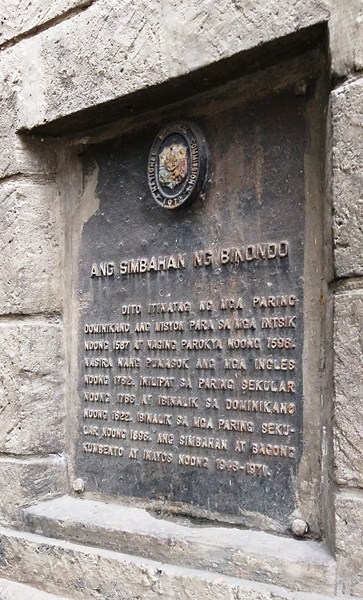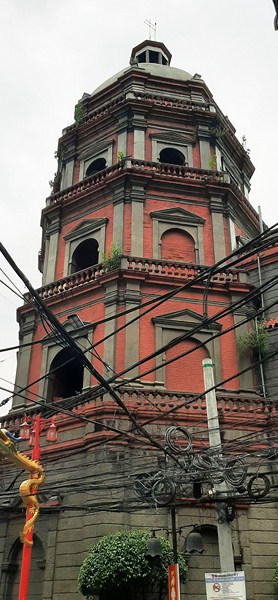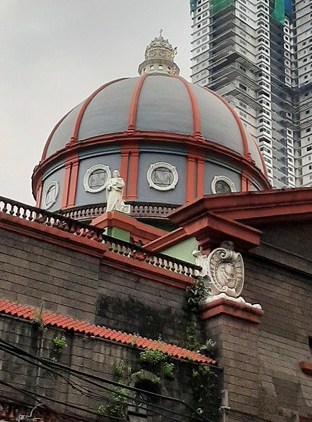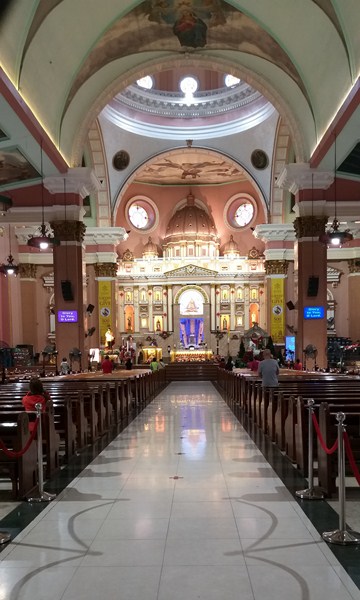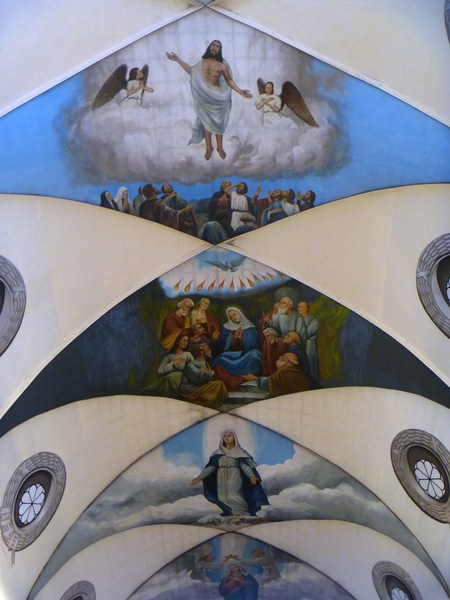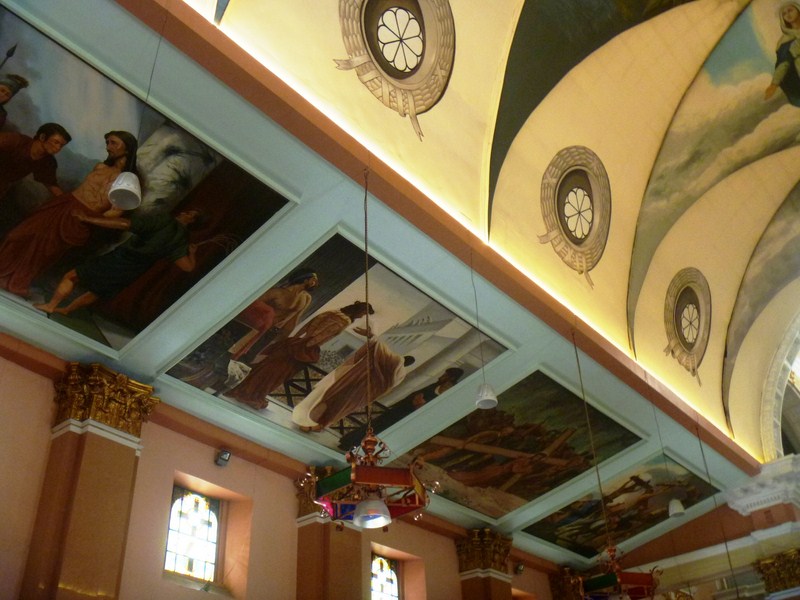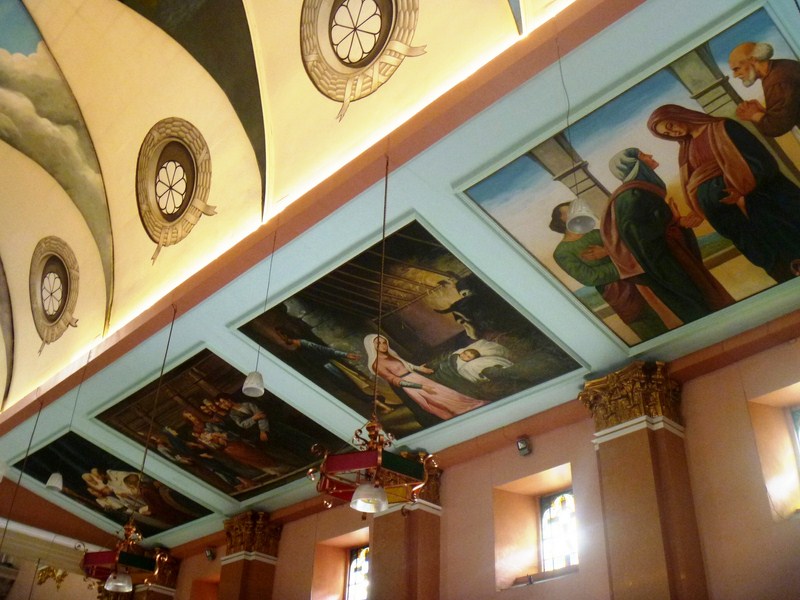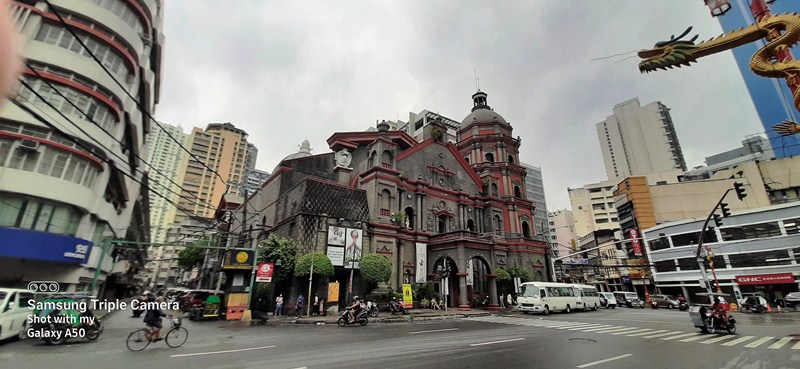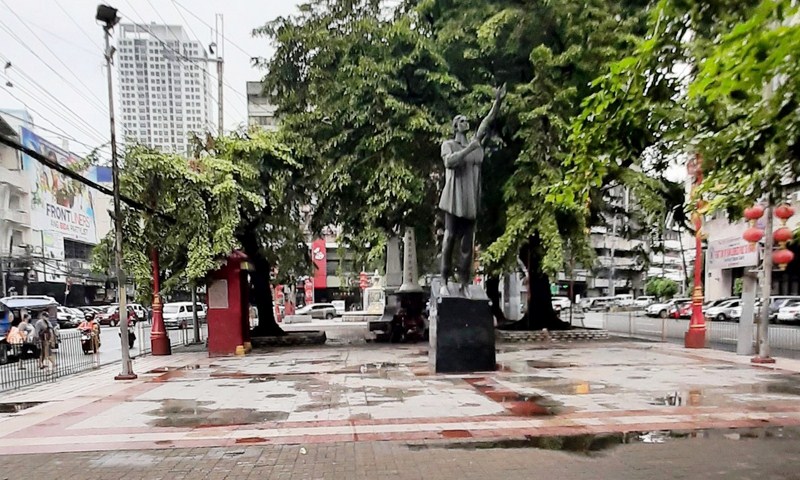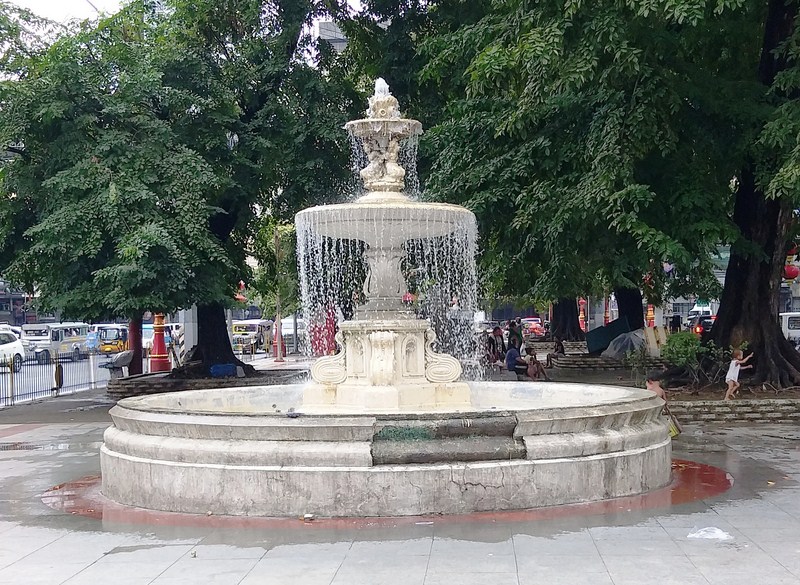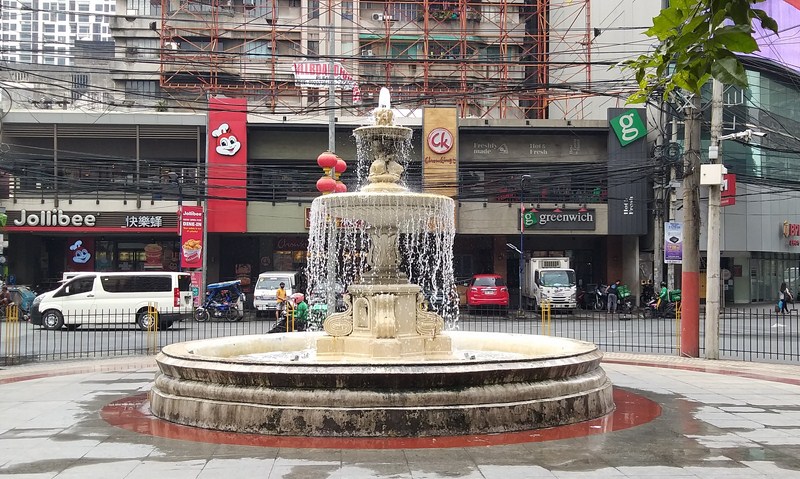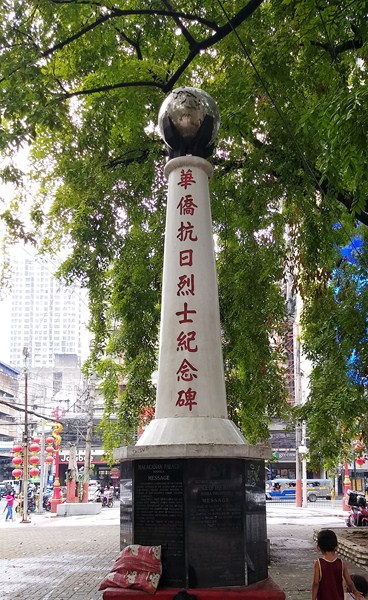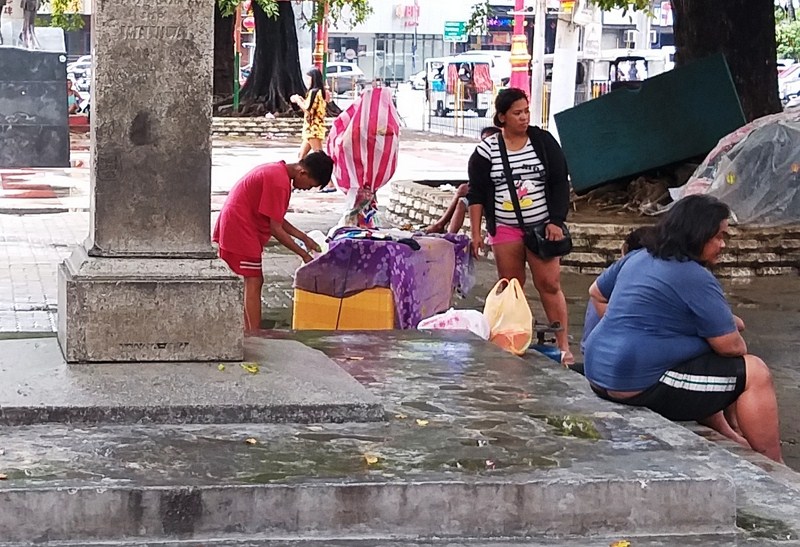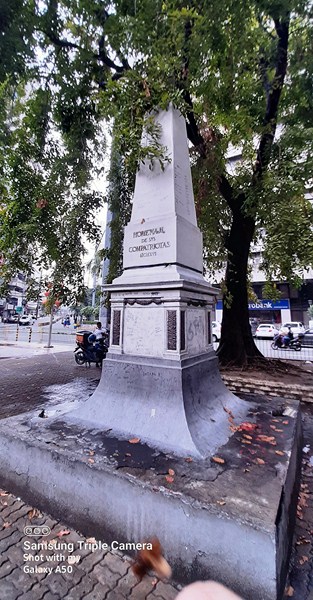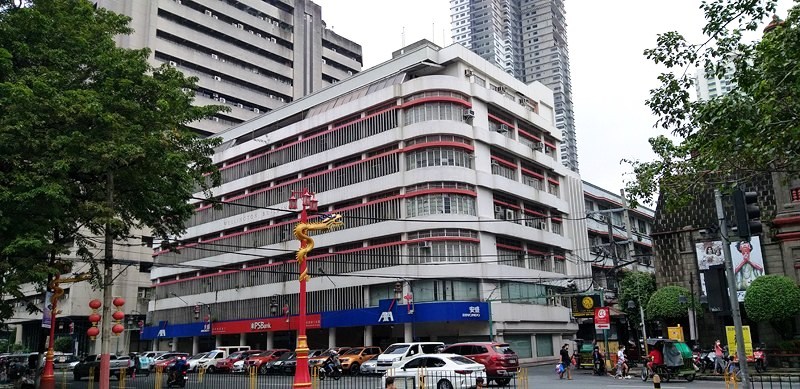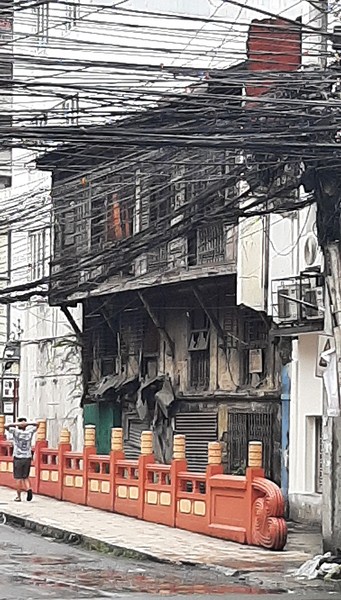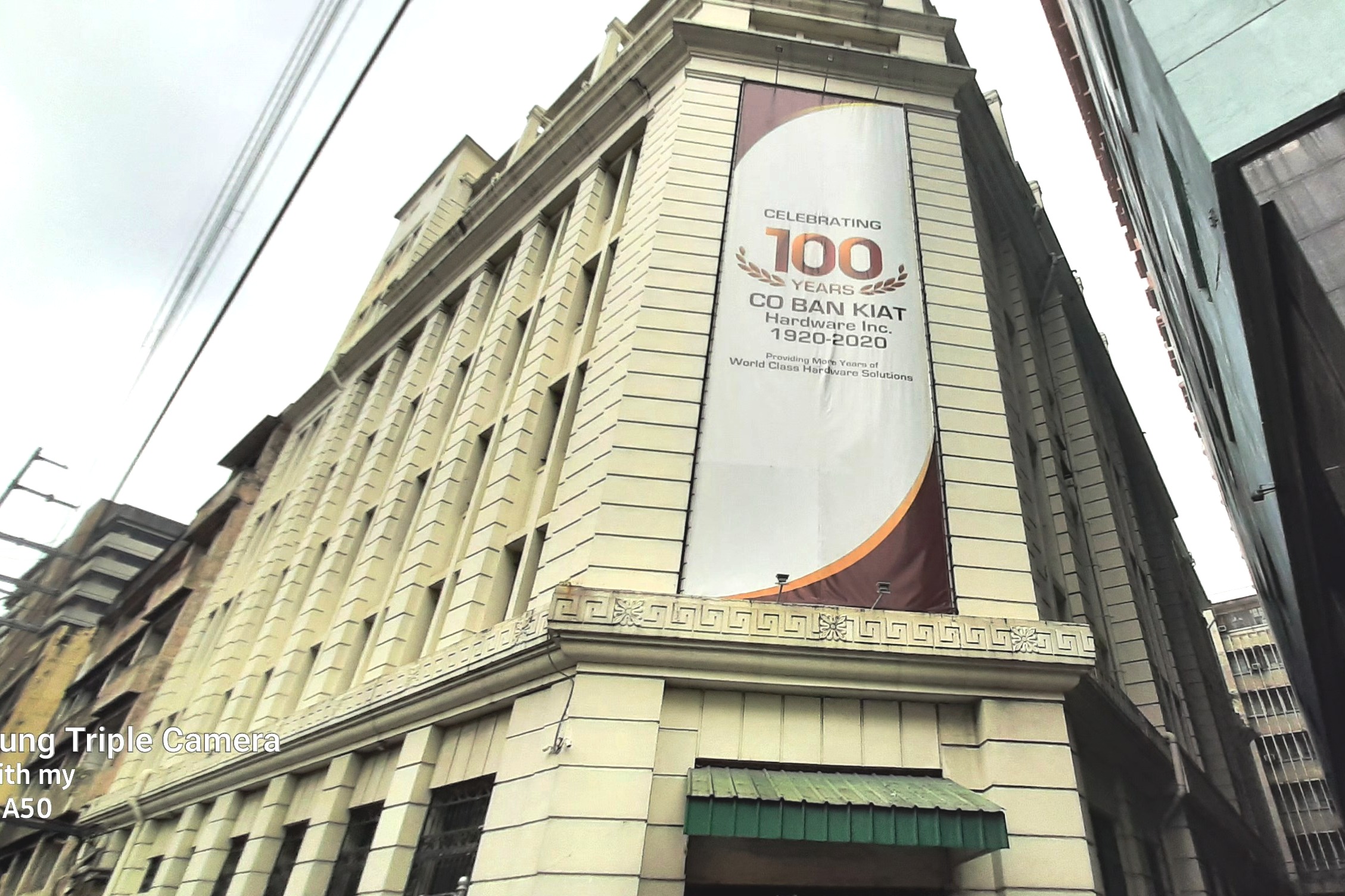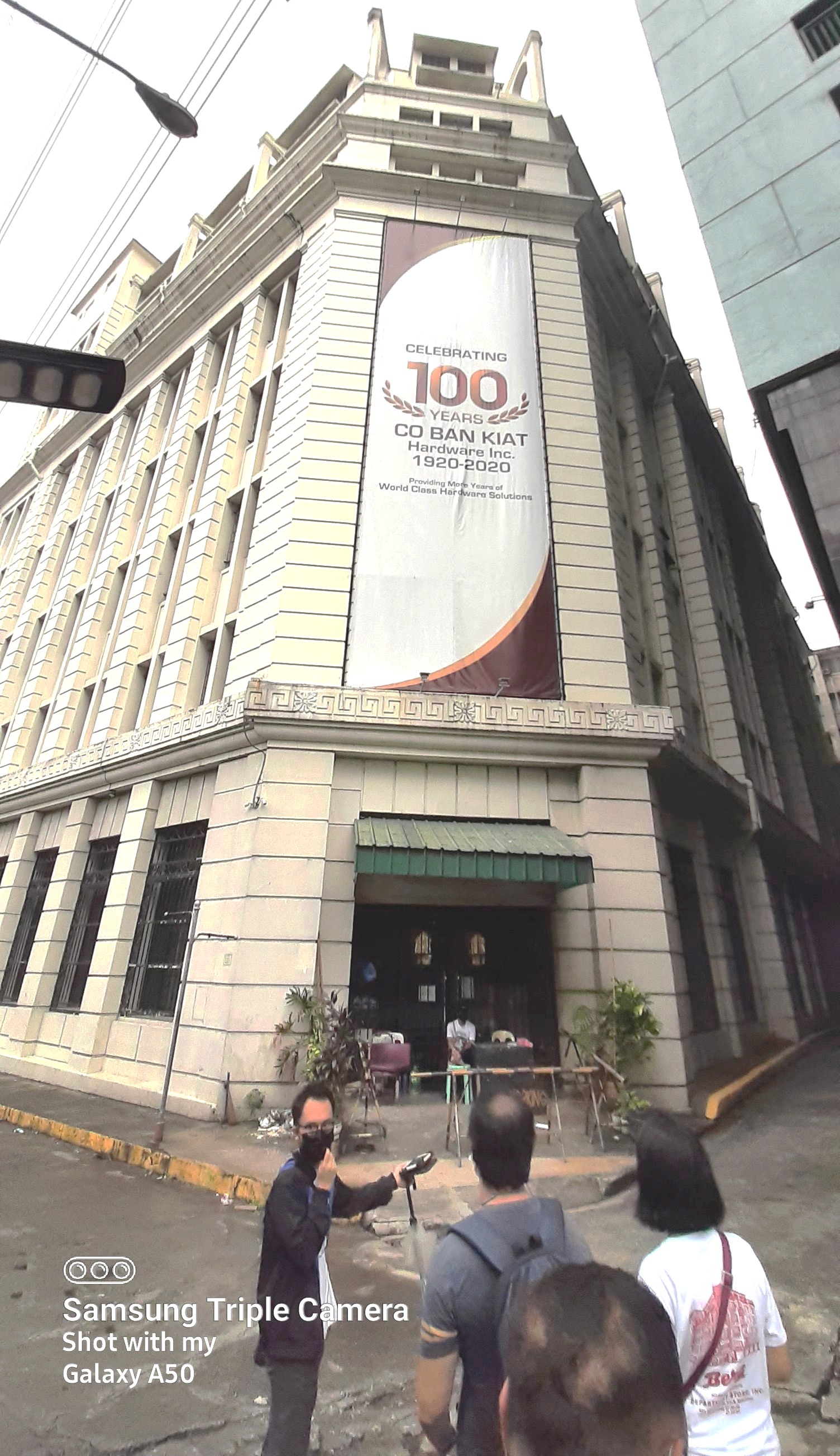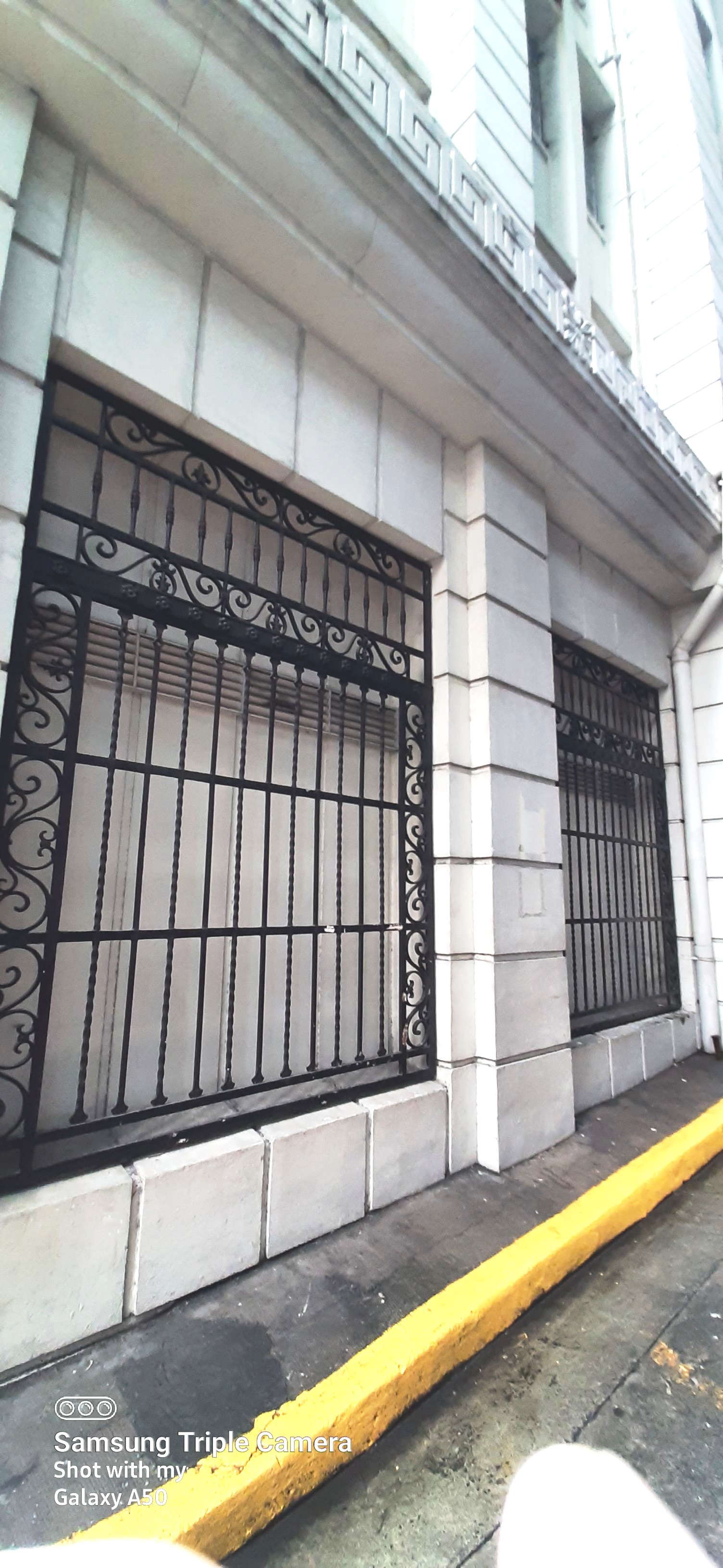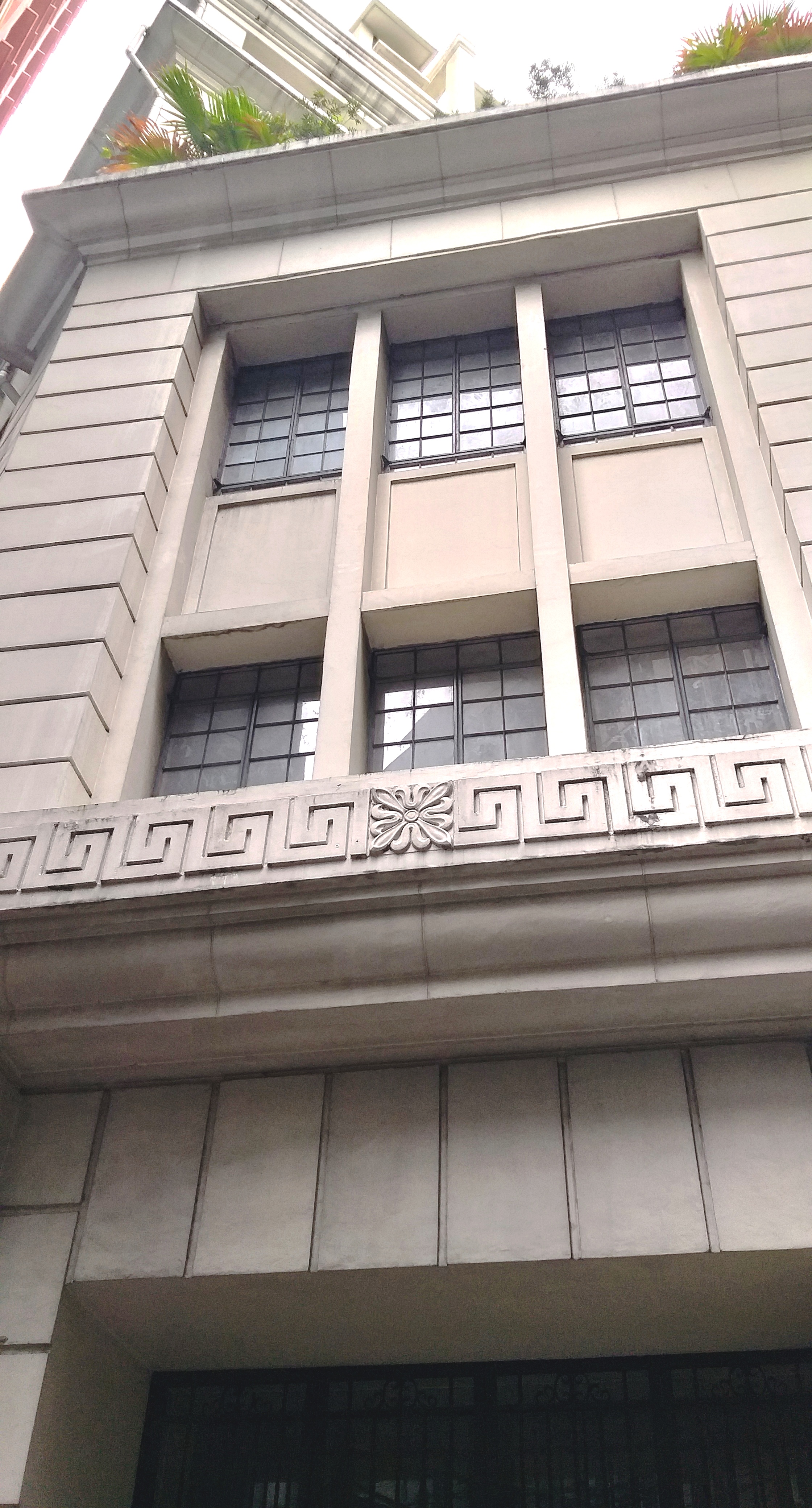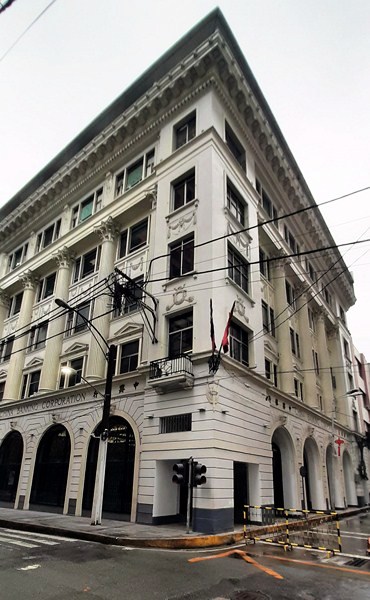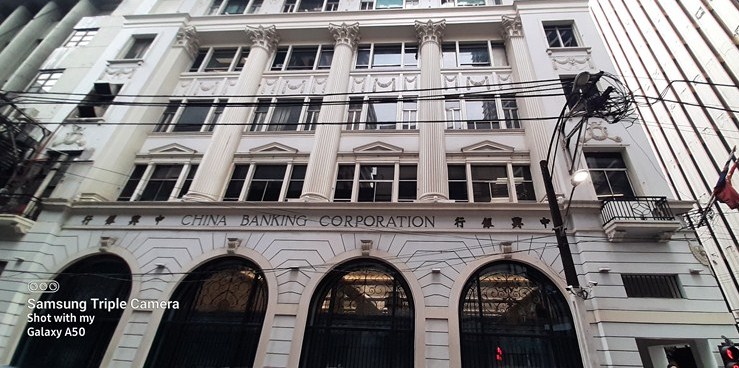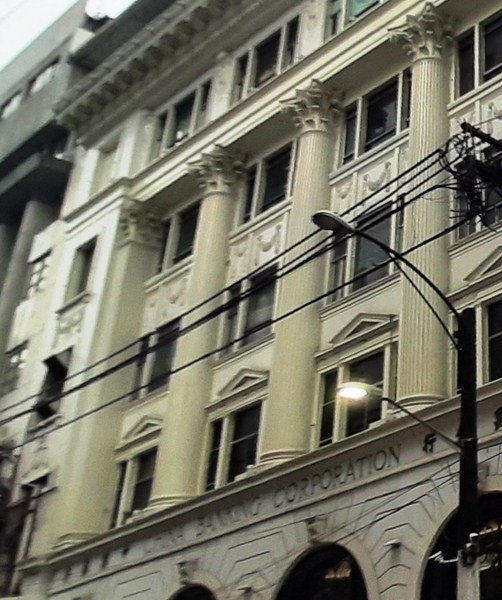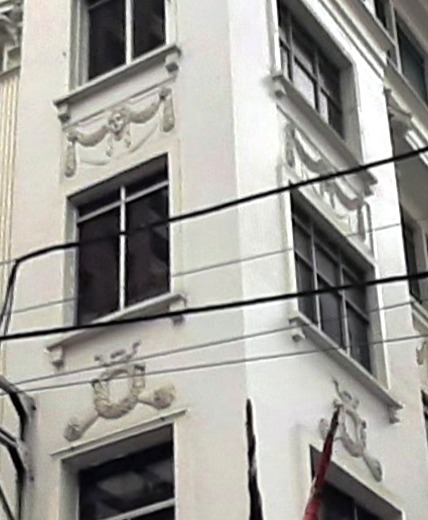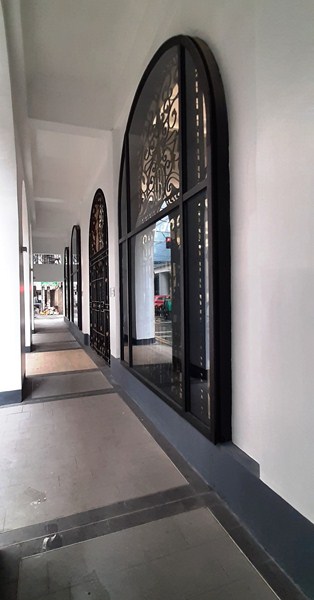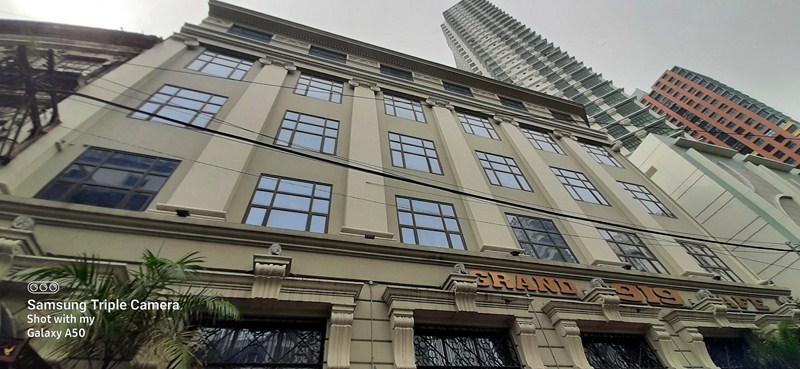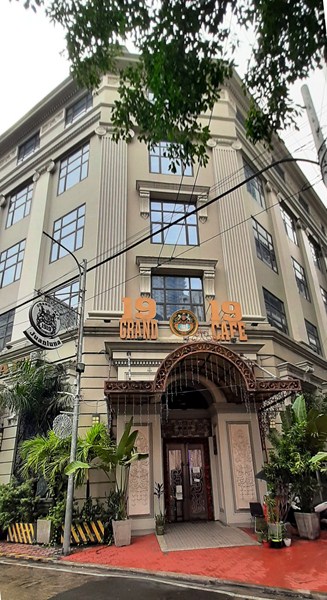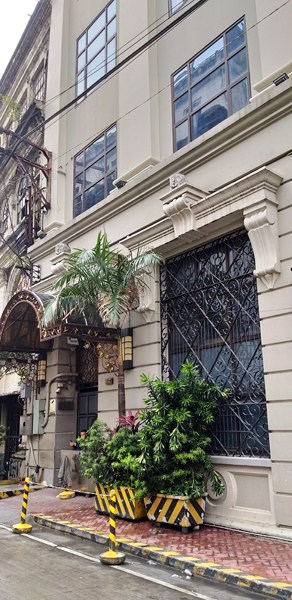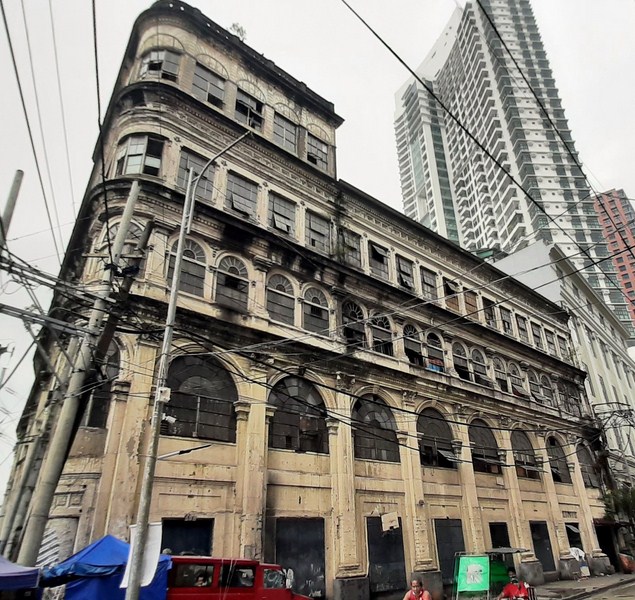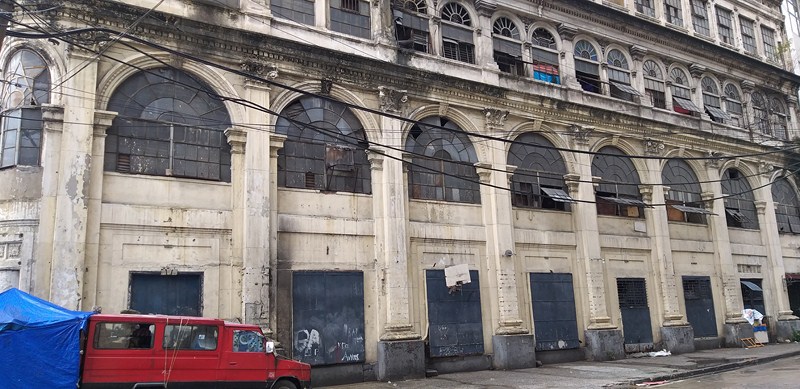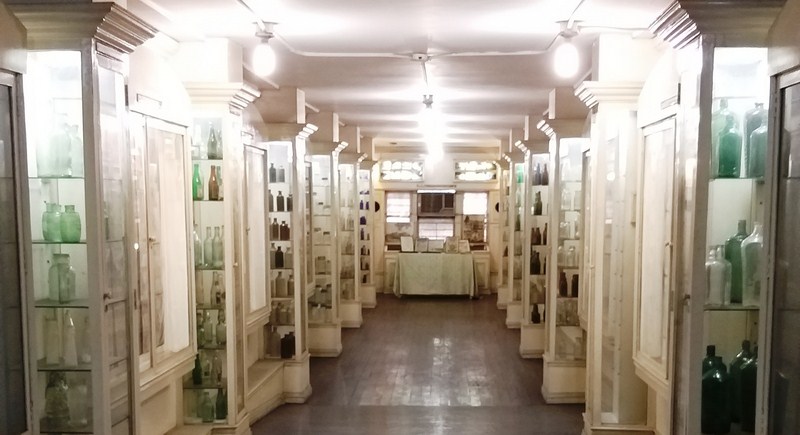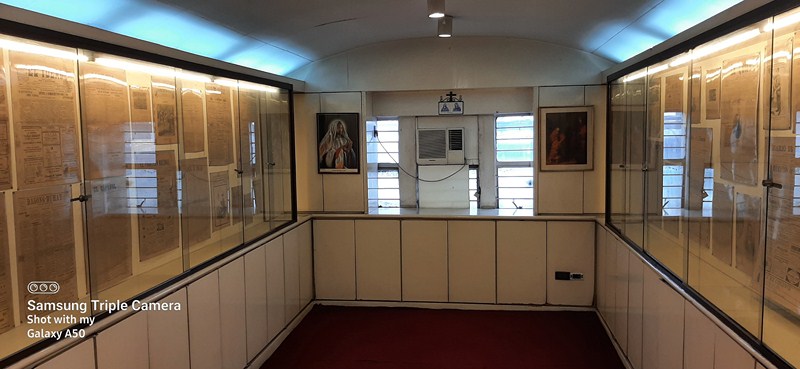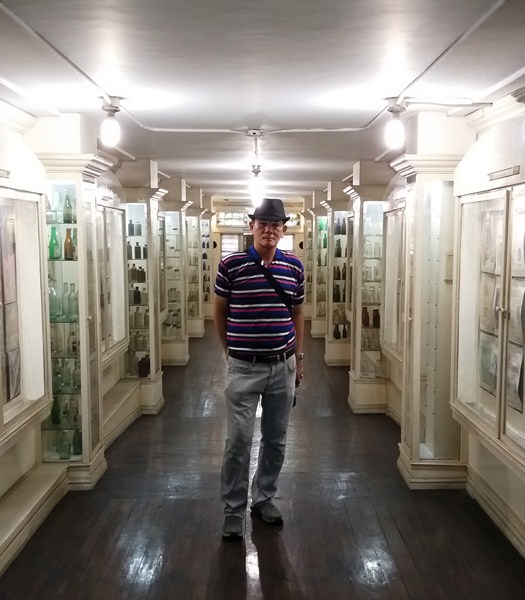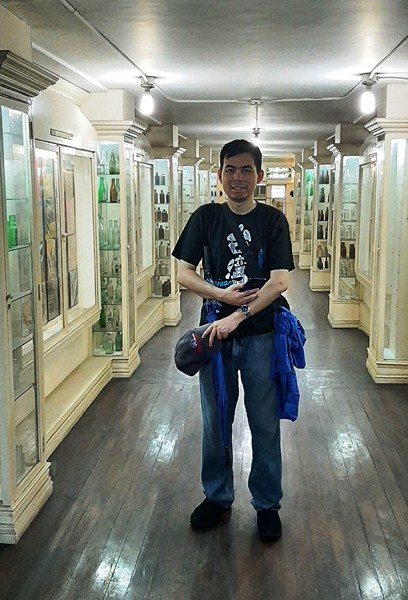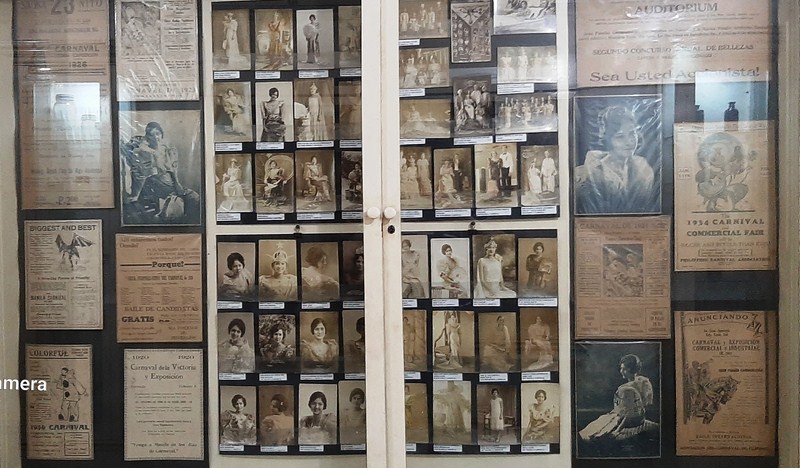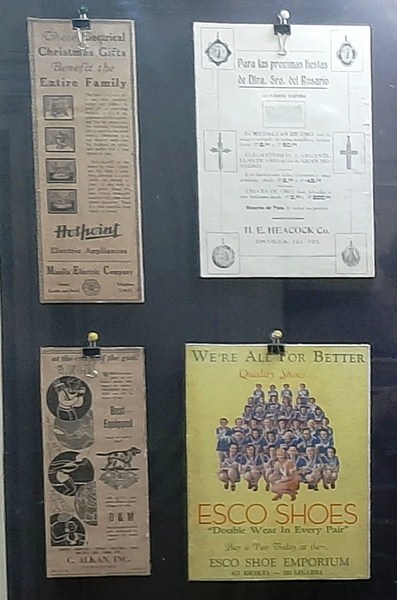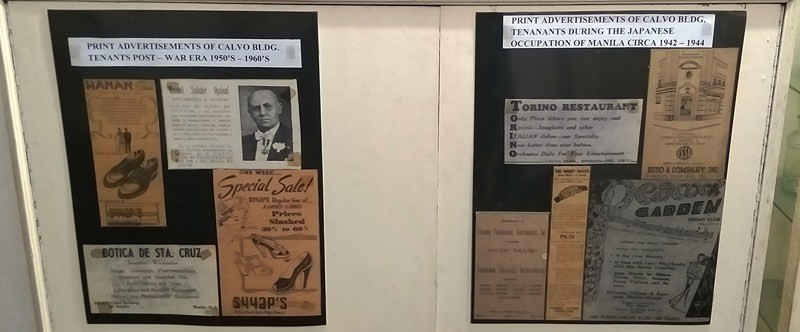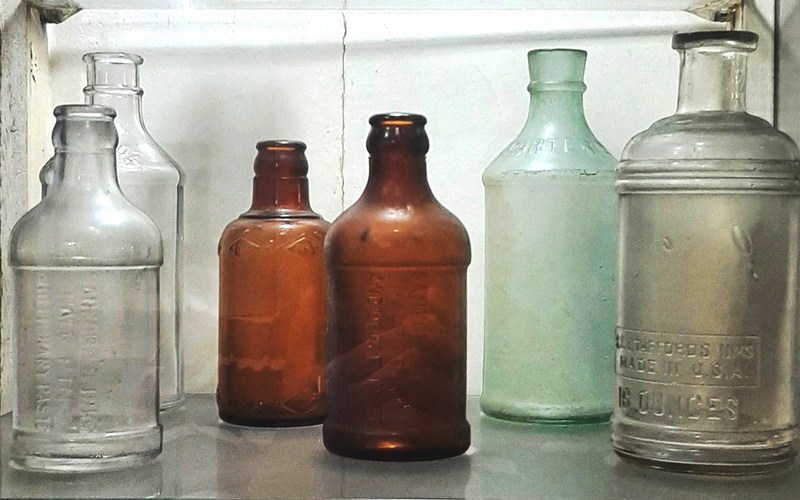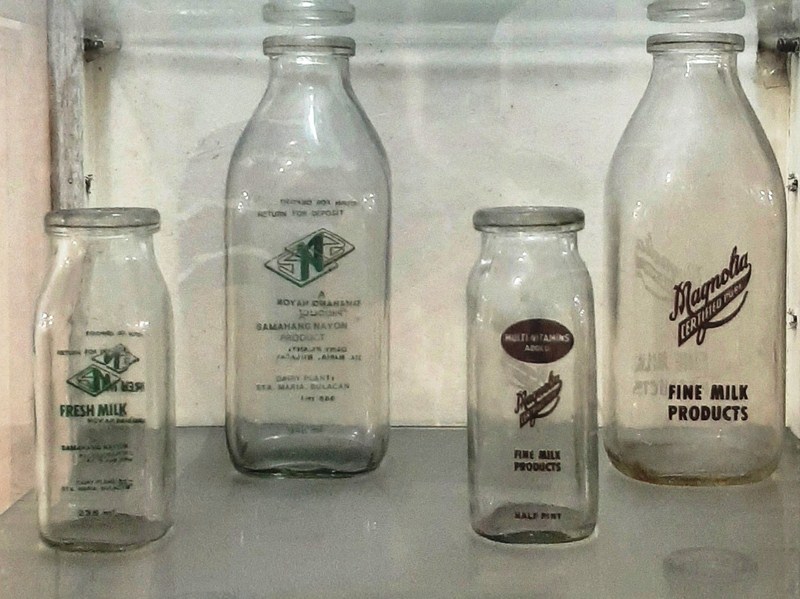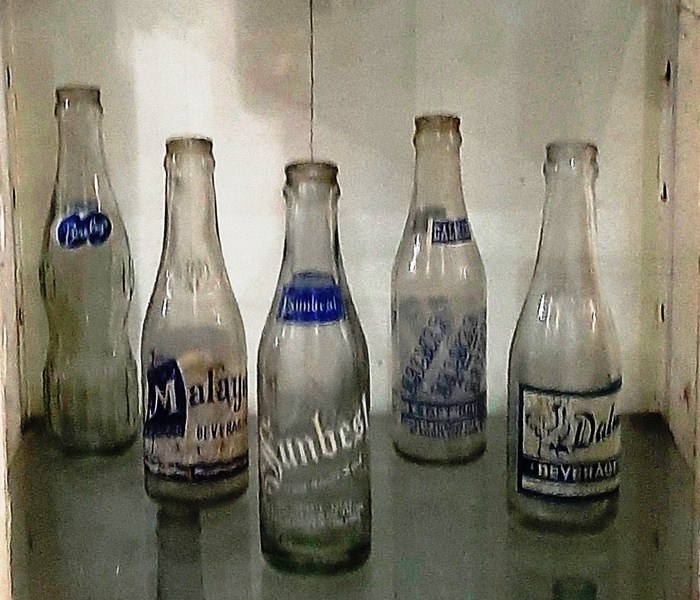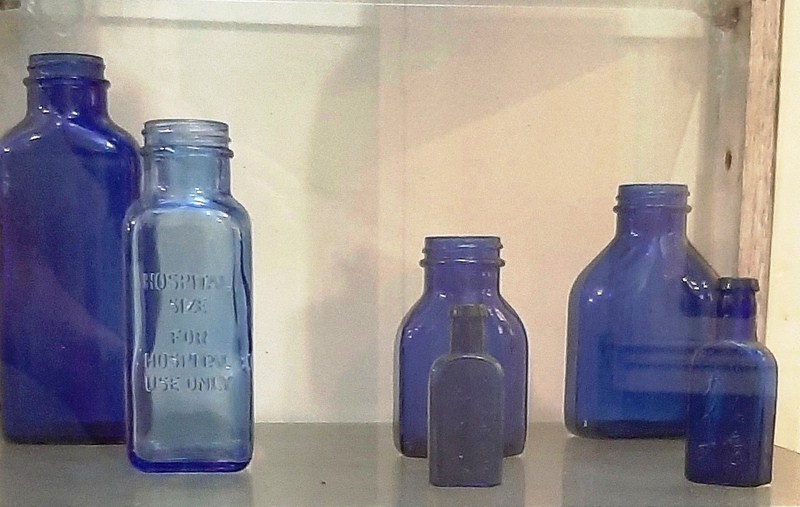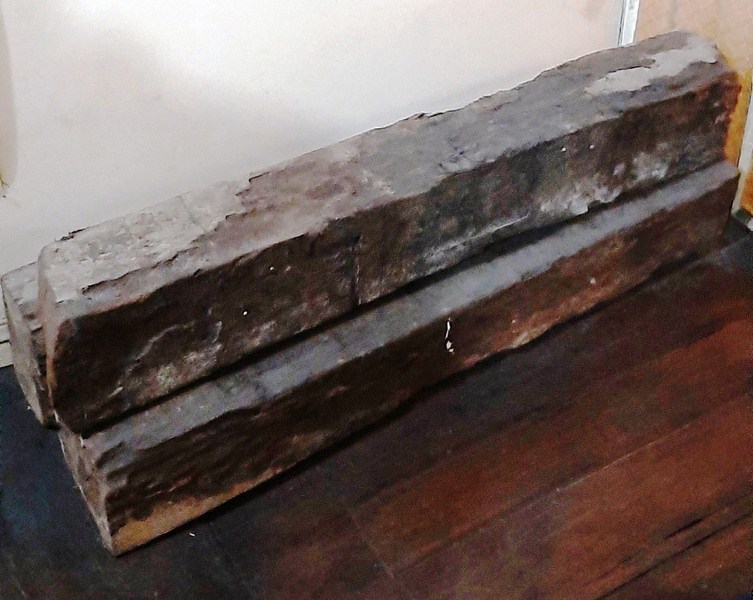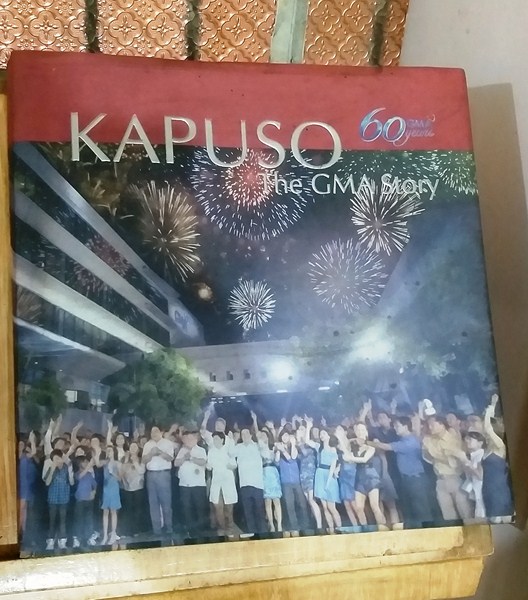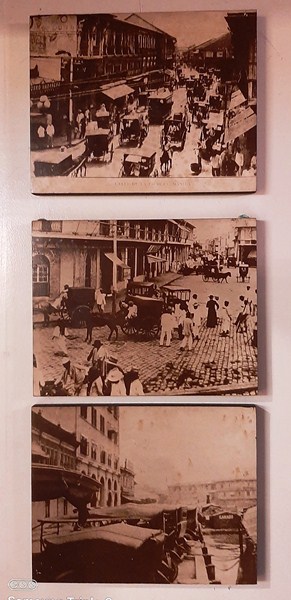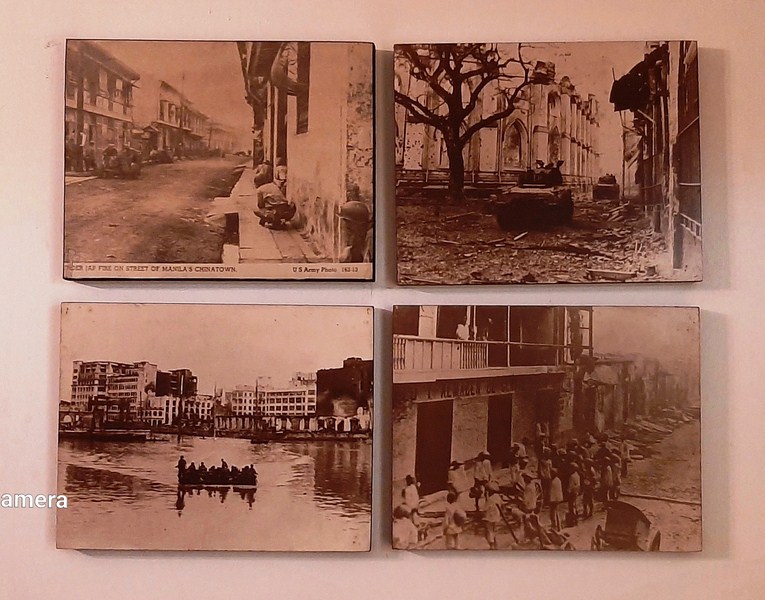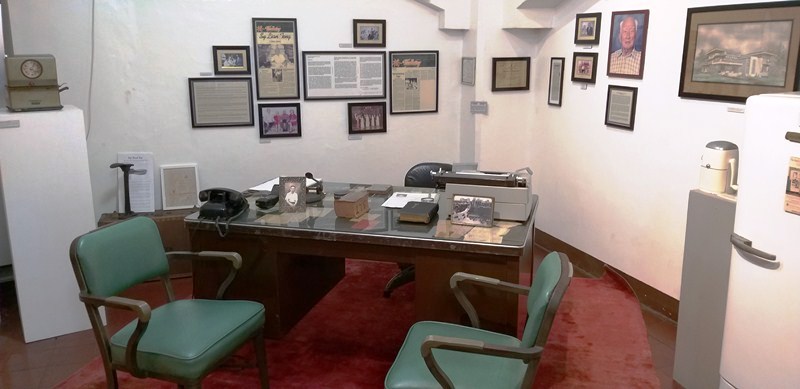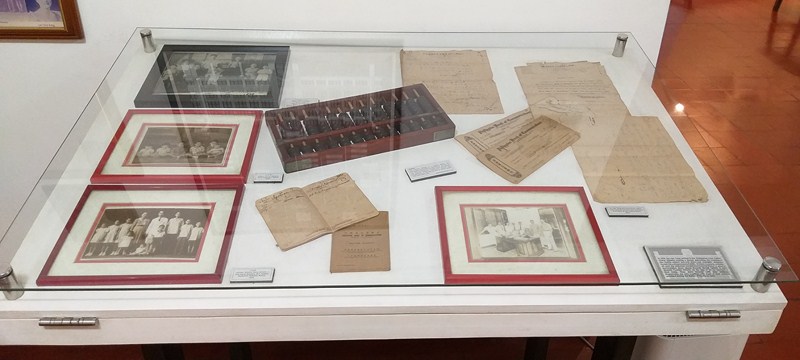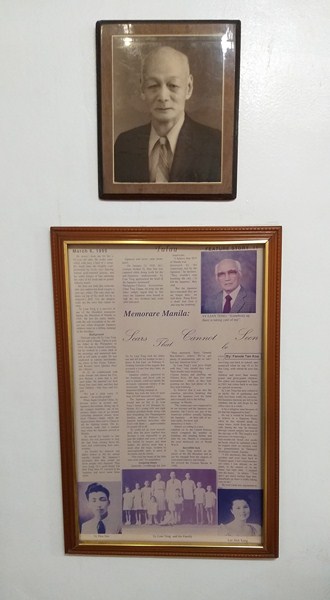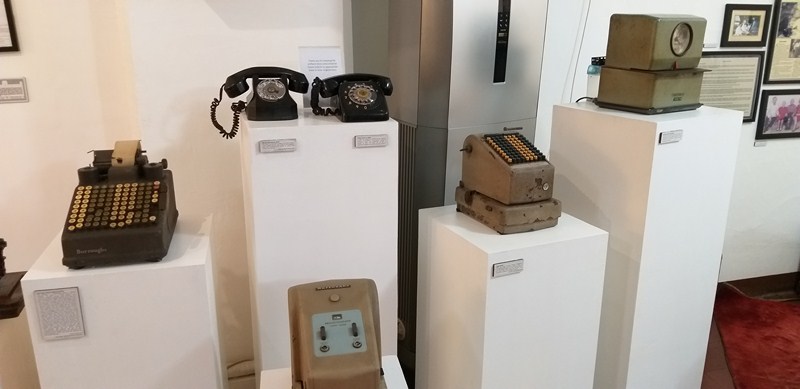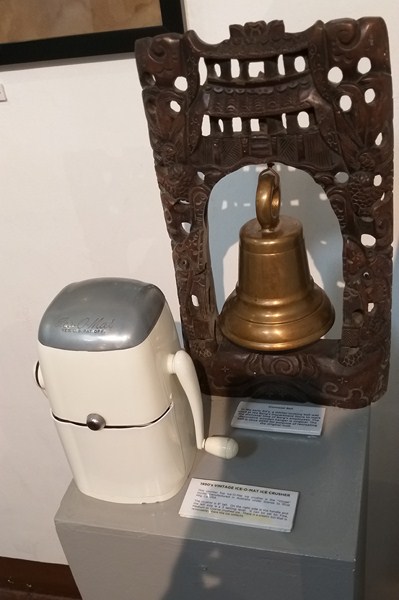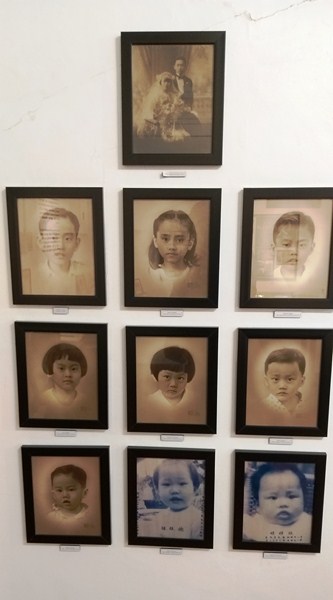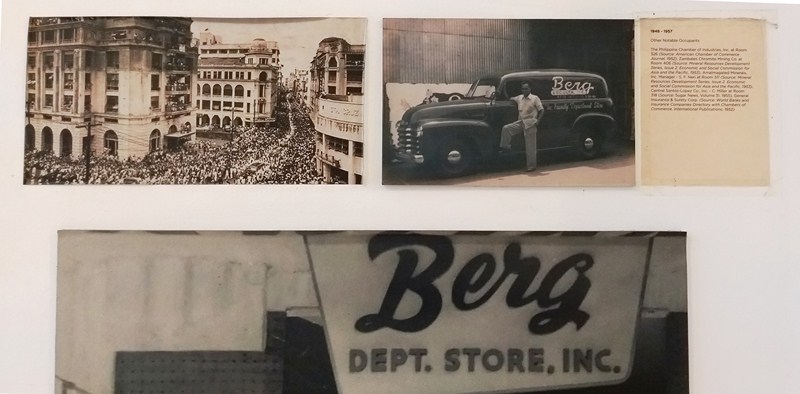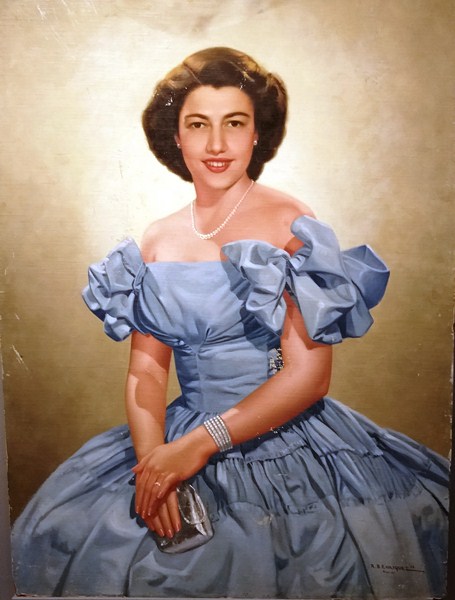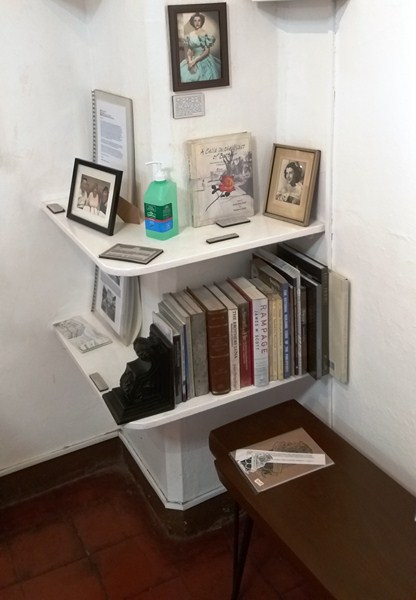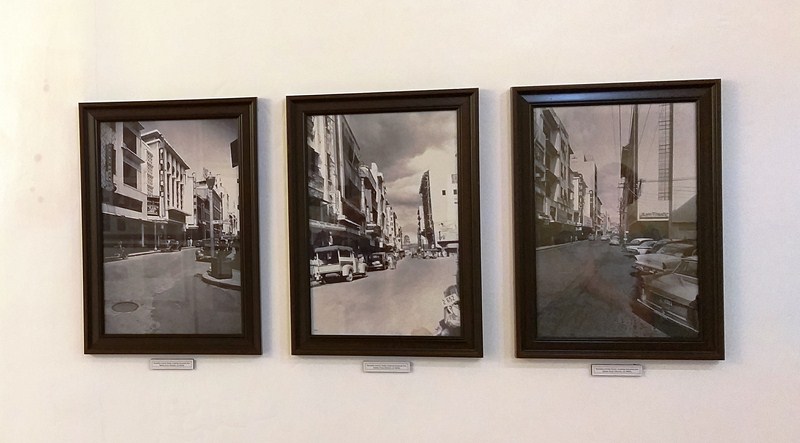This church was founded by the Dominicans in 1587 to serve Chinese converts. Fronting Plaza San Lorenzo Ruiz (formerly Plaza de Calderon de la Barca), it was built before 1614 and transferred to its present site in the 18th century. Formerly known as Our Lady of the Most Holy Rosary Parish, it was renamed after St. Lorenzo Ruiz, the Philippines’ first saint.
Beatified on February 18, 1981 and canonized by Pope John Paul II on October 18, 1987), he was born of a Chinese father and a Filipino mother, trained in this church, served as a sacristan (altar boy), clerk and notary and, afterwards, went as a missionary to Japan, where he and his companions were martyred on September 19, 1637 in Nagasaki for refusing to renounce Christianity.
Check out “Plaza San Lorenzo Ruiz”
In 1762, the original building was destroyed by British bombardment and its roof replaced with nipa in 1778 as the wood was destroyed by termites. In 1781, its dome was constructed by Spanish architect Domingo Cruz y Gonzalez.
In 1852, a new granite church was completed on the same site, featuring an octagonal, pagoda-like bell tower which suggests the Chinese culture of the parishioners. The church was slightly damaged (the mirador or viewing window at the top of the bell tower was destroyed) during the June 3, 1863 earthquake. In March 1893 or 1894, Andrés Bonifacio and his second wife, Gregoria de Jesús were wed in Catholic rites in the church.
On September 22, 1944, American bombing destroyed the structure, burning everything including the archives of the parish. Nothing was left behind except the stone walls of the western façade of the church and the five-storey octagonal bell tower.
The present church was rebuilt, in three phases, between 1946 and 1971 by Msgr. Federico V. Navarro, partly continued Msgr. Guillermo S. Mendoza from 1971 to 1976 and restored and reconstructed from January 1977 to January 1984. On May 9, 1985, it was blessed by Jaime Cardinal Sin. The roof behind the pediment, the three-storey parish center, convent and the walls at the left of the façade were added.
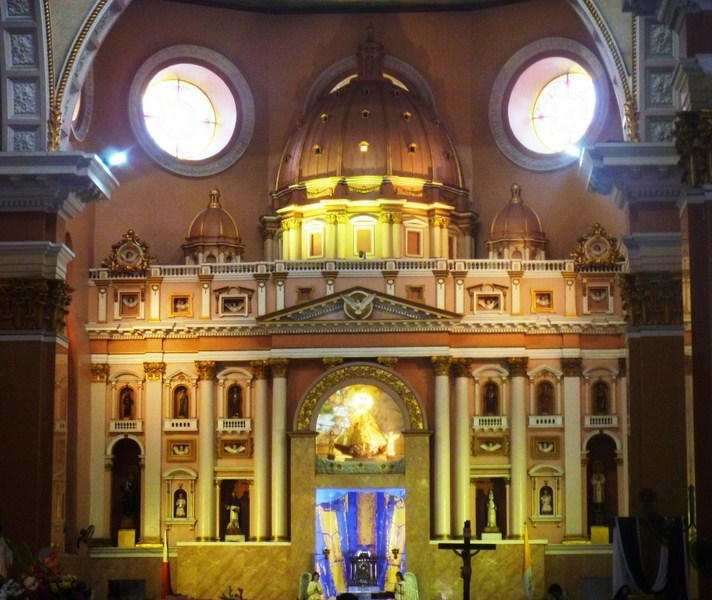
Pastel-colored gilt reredos behind the main altar (loosely modeled after the façade of St. Peter’s Basilica in Vatican City
The imposing, still original (with some renovations) Italian High Renaissance facade is buttressed on the sides by pilasters terminating in urn-like decorations. Its pediment, framed by a foliated scroll and topped by a tower at the apex, has a centrally located small circular window framed by smaller columns and pediment.
The original six-storey octagonal bell tower (based on the Chinese tradition on luck and fortune), on the right, has pedimented window openings and cantons at the angles. Inside the church are ornate pastel-colored gilt reredos behind the main altar (loosely modeled after the façade of St. Peter’s Basilica in Vatican City) and it houses the image of Nuestra Señora del Rosario.
Ceiling paintings depict scenes from the four mysteries of the Holy Rosary. Fronting the church is (or simply Plaza Binondo). Masses are said here in Filipino, Mandarin, Hokkien, and English.
Minor Basilica and National Shrine of St. Lorenzo Ruiz: cor. Ongpin and Quintin Paredes Sts., Binondo, Manila. Tel: (632) 8242-4850 and 8242-4041. Fax: (632) 8241-4653. E-mail: binondochurch1596@gmail.com. Coordinates: 14.60021°N 120.97470°E.


